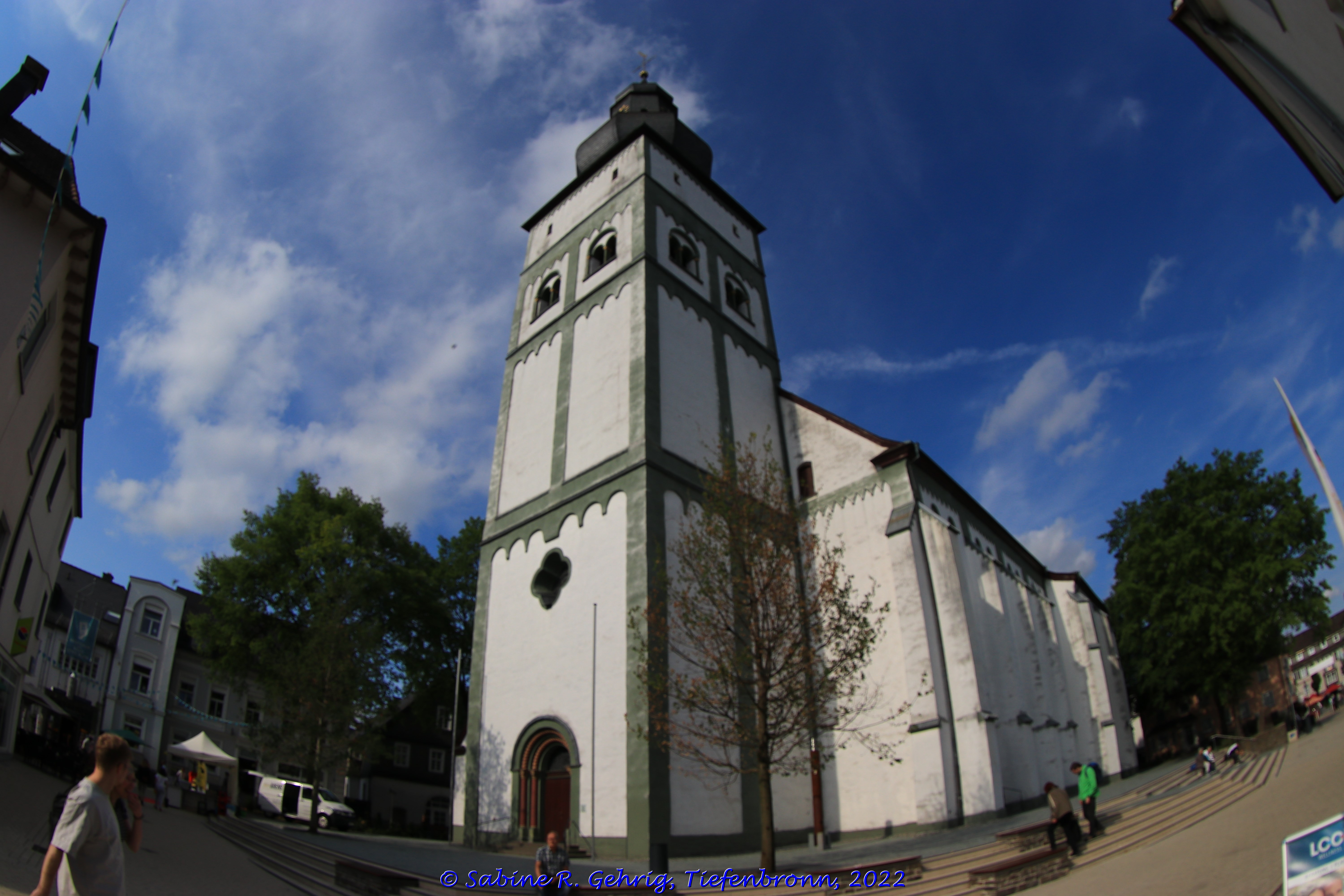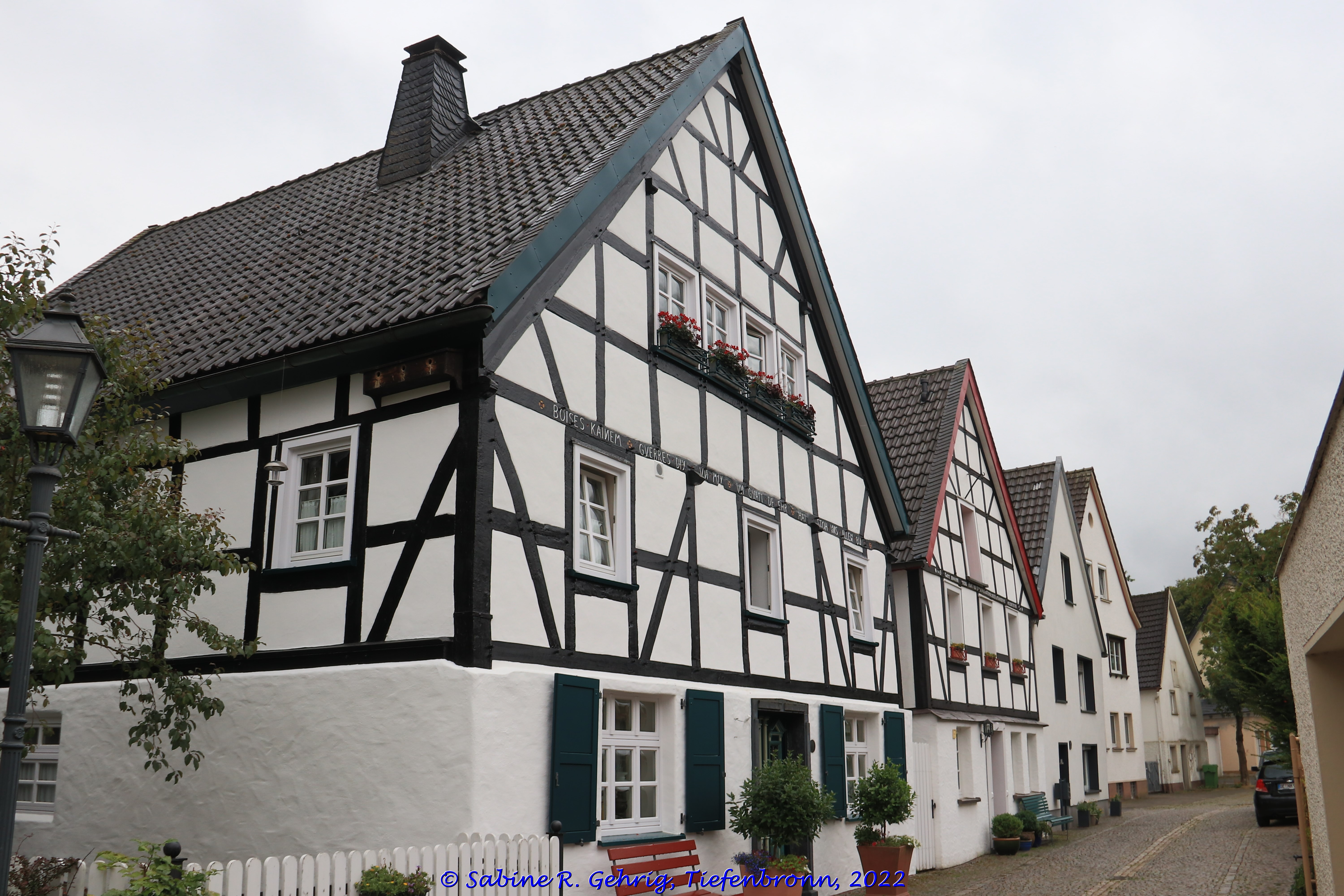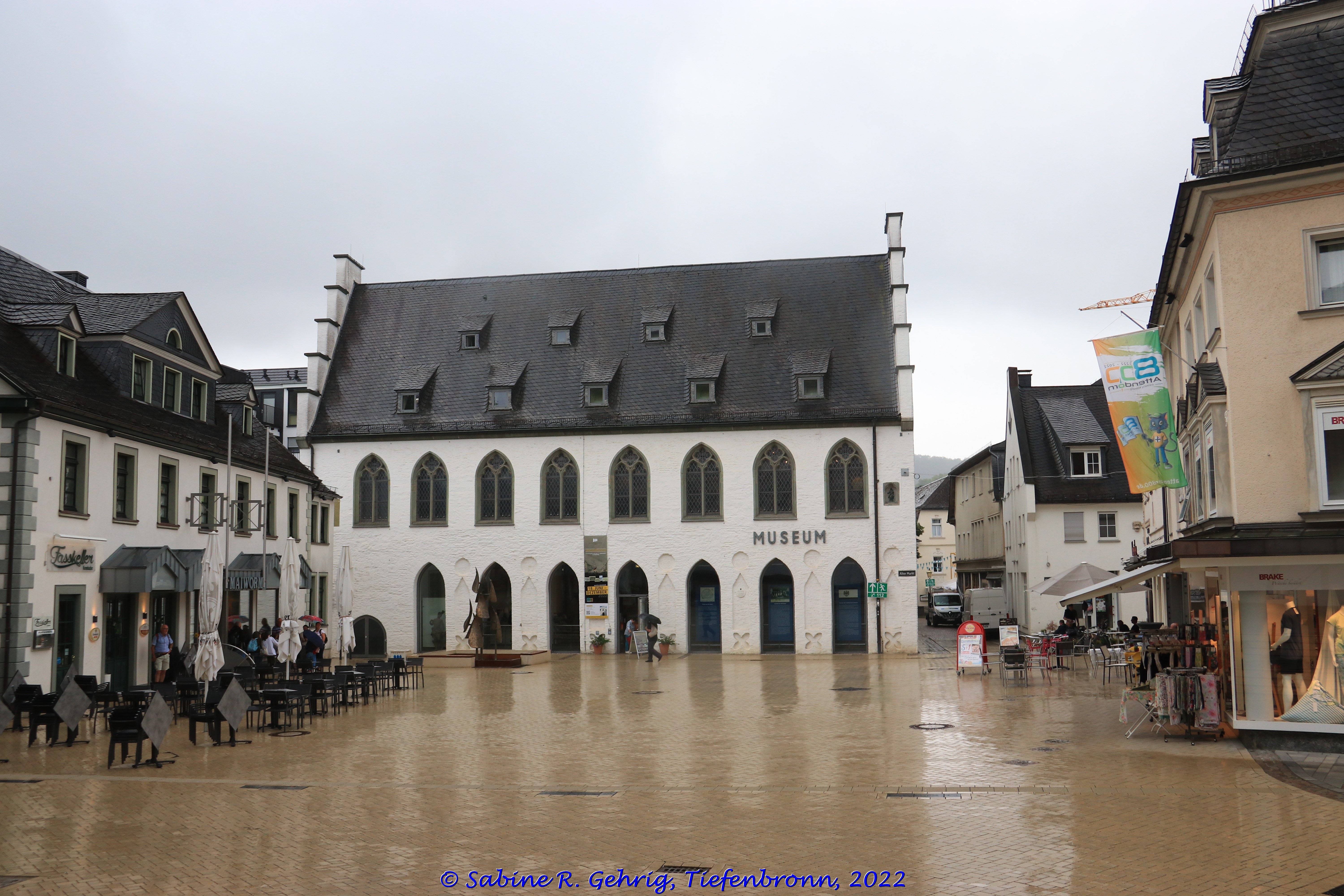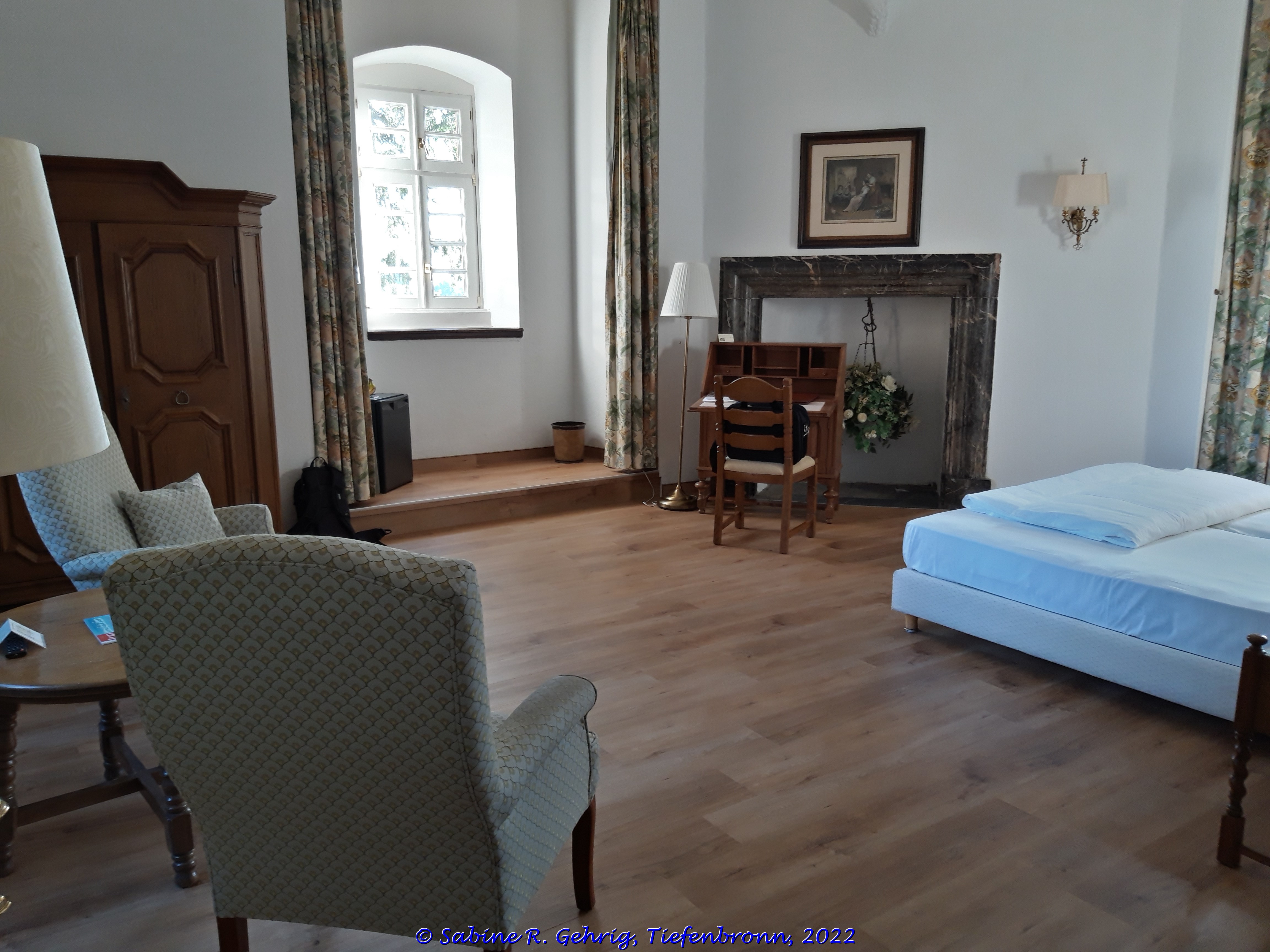Gibt’s nicht – gibt’s doch – z. B. Attendorn im südlichen Sauerland. Im Mittelalter lag Attendorn an zwei wichtigen Fernverkehrswegen: der Heidenstraße, die von Leipzig über Kassel nach Köln führte und an der sog. ‚Königsstraße‘. Den Zünften, v. a. den Woll- und Leinenwebern verdankte die Stadt ihre Bedeutung und war über die Verkehrswege mit Hansestädten oder anderen großen damaligen Metropolen verbunden. 1255 trat Attendorn dem Rheinischen Bund bei und war damit mittelbares Mitglied der Hanse. Der Titel ging dann verloren, aber seit März 2012 darf sich Attendorn wieder Hansestadt nennen.
Während ich durch die Altstadt streife, fällt mir auf, dass es recht wenig alte Gebäude gibt. Der Grund: Bomben und eine verheerende Munitionsexplosion im Jahre 1945, die einen Großteil der Stadt zerstörten.
Von der Hauptattraktion der Stadt – der Atta-Höhle – gibt es leider keine Bilder, denn in der Höhle heißt es: Fotografieren verboten ☹
English Summary
A Hanseatic City not by the Sea
There is no such thing – but there is – e.g. Attendorn in the southern Sauerland. In the Middle Ages, Attendorn was situated on two important long-distance traffic routes: the Heidenstraße, which led from Leipzig via Kassel to Cologne, and the so-called ‚Königsstraße‘. The city owed its importance to the guilds, especially the wool and linen weavers, and was connected to the Hanseatic cities or other large metropolises of the time via the traffic routes. In 1255 Attendorn joined the Rheinish Confederation and was thus an indirect member of the Hanseatic League. The title was then lost, but since March 2012 Attendorn has been allowed to call itself a Hanseatic city again.
As I wander through old town, I notice that there are quite few old buildings. The reason: bombs and a devastating munitions explosion in 1945, which destroyed much of the town.
Unfortunately, there are no pictures of the main attraction of the city – the Atta Cave, because: Photography prohibited ☹






